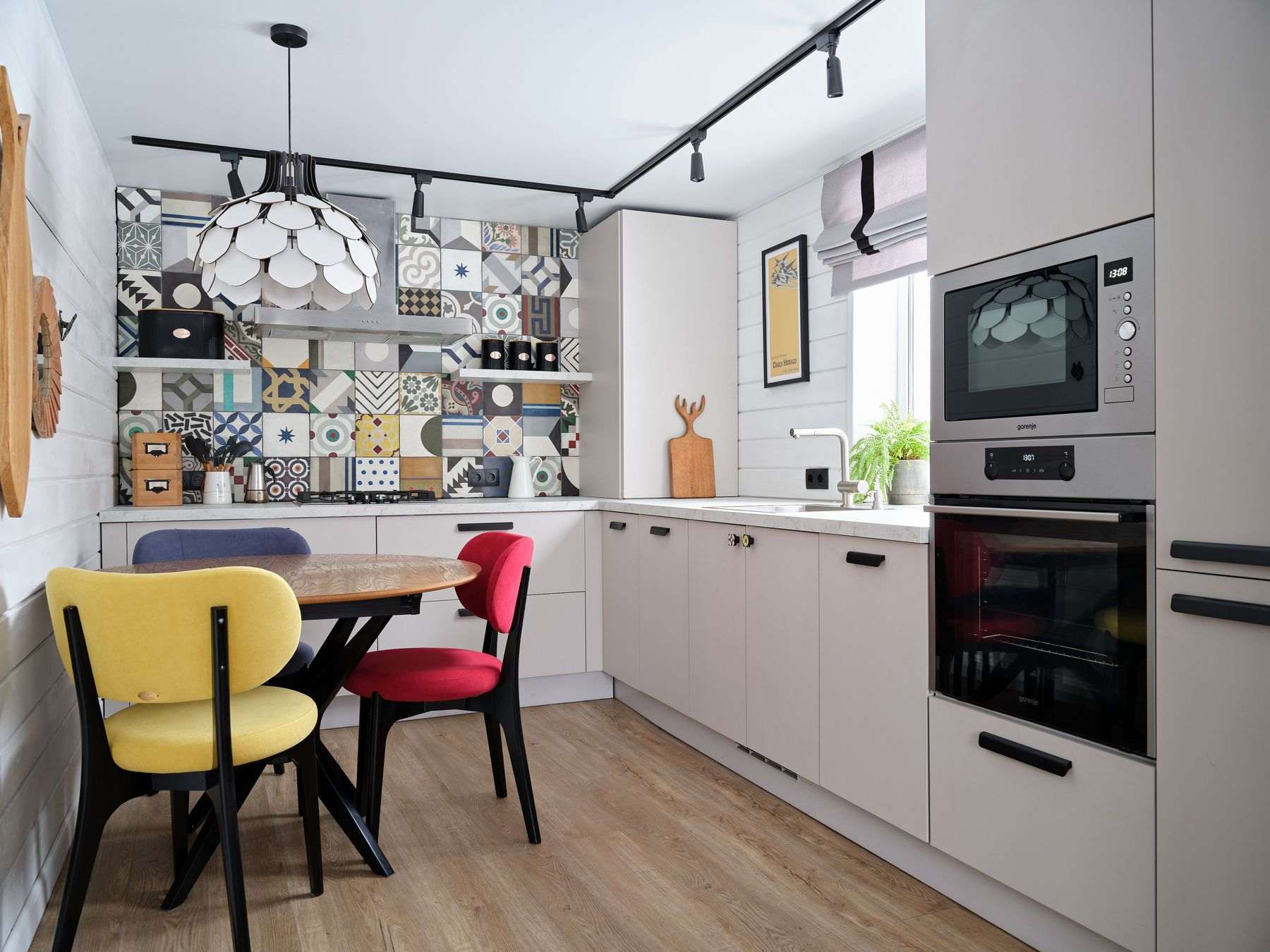
Exquisite Culinary Spaces Crafted
Introduction to Culinary Excellence
The art of fine dining is not just confined to the flavors on a plate; the environment where those flavors are crafted plays an equally significant role. Exquisite culinary spaces are carefully designed to inspire chefs and elevate the dining experience. A kitchen is not just a place to cook; it's a canvas where culinary artists create masterpieces.
The Importance of Design in Culinary Spaces
Design in culinary spaces goes beyond aesthetics. It incorporates functionality, ergonomics, and ambiance, which all contribute to a chef’s performance and a diner's experience. An excellent design will consider the flow of movement, the ease of cleaning, and the accessibility of tools and ingredients. Moreover, the dining area must complement the energy and presentation of the kitchen, encapsulating guests in a complete gastronomic journey.
Innovations in Kitchen Design
Modern culinary spaces now embrace innovations previously unseen in the world of gastronomy. From open-concept kitchens that allow diners to witness the dance of the chefs to state-of-the-art equipment that ensures precision in every dish, these innovations are shaping the future of food preparation. The integration of technology streamlines operations, with smart appliances and sustainable systems further enhancing the kitchen environment.
Material Selection and Craftsmanship
The choice of materials in a culinary space is pivotal. Not only do they need to withstand the rigors of a high-heat, busy environment, but they also set the tone visually and texturally. High-quality materials like stainless steel, granite, and hardwoods are popular for their durability and ease of maintenance. Fine craftsmanship tailors these spaces to chefs' needs, ensuring that beauty and functionality coexist harmoniously.
Lighting and Ambiance
Lighting is a critical element of culinary spaces, influencing both the ambiance and the practicality of food preparation. It requires a strategic approach that combines task lighting with atmospheric lighting, creating an environment that is both work-conducive for chefs and welcoming for diners. The interplay of light and shadow can significantly affect the mood and even the perceived taste of food.
Customization for Unique Culinary Experiences
To cater to diverse culinary philosophies, customization is key. Chefs and restaurateurs have unique visions that their spaces need to support. Whether the emphasis is on local ingredients, avant-garde cooking techniques, or a particular cultural dining ethos, every element of the kitchen and dining space can be tailor-made to communicate and enhance these concepts.
Conclusion: The Artistry of Culinary Spaces
Exquisite culinary spaces are more than mere functional areas; they are the heart and soul of the culinary arts. As the industry continues to evolve, the crafting of these spaces becomes ever more sophisticated, reflecting the passion and creativity of those who work within them. In essence, these spaces are a tribute to the pursuit of culinary excellence, each detail intricately woven into a tapestry of taste and innovation.